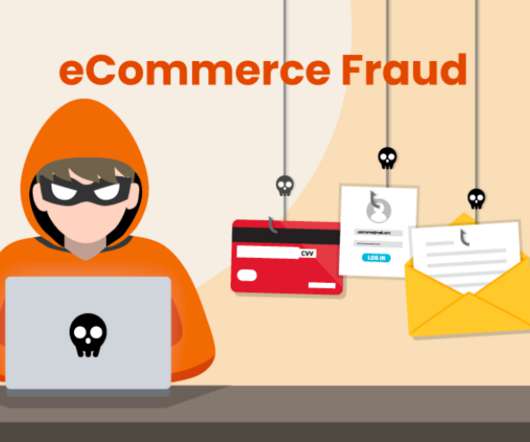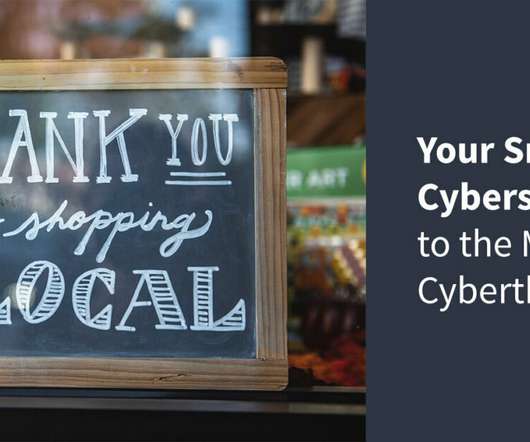5 Ways to Protect Your Ecommerce Business
CyberSecurity Insiders
APRIL 16, 2022
This portrays a grim picture for ecommerce businesses — filled with data breaches and irate customers. As per our research, here are five tried-and-tested techniques to protect your ecommerce digital business from dangerous online frauds. eCommerce fraud prevention tools process information from clients and servers in real time.















Let's personalize your content